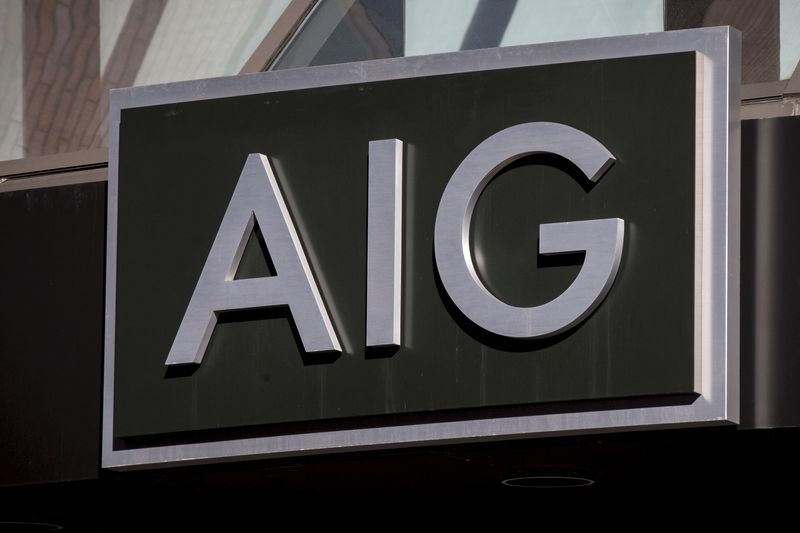(Reuters) -American International Group on Wednesday reported a smaller-than-expected rise in second-quarter profit, hit by lower underwriting revenue in its general insurance unit due to divestitures and higher catastrophe losses.
Adjusted after-tax income attributable to common shareholders rose to $1.16 per share from $1.06 a year earlier. Analysts on average expected $1.30 per share, according to LSEG data.
Shares of AIG (NYSE:) fell 1.3% in after-the-bell trading.
“The key figures were exceptional in a quarter that included the complex accounting treatment of deconsolidation and divestitures in the prior year,” AIG CEO Peter Zaffino said in a statement.
AIG, one of the world’s largest commercial insurers, said net premiums written in its general insurance business rose 7% on a comparable basis in the quarter ended June 30, driven by growth in global commercial insurance.
Individuals and businesses are reinvigorating spending on their insurance policies, allowing insurers to attract and retain customers despite higher prices in some cases.
Meanwhile, insurers’ investment income has been boosted by buoyant US stock markets thanks to a stable economy and expectations of interest rate cuts.
AIG’s total consolidated net investment income rose 18% to $990 million, boosted by higher income from fixed-term securities and loans and dividends received from Corebridge Financial.
The company spun off its life and pensions business into Corebridge Financial in 2022, after years of pressure from activist investors. New York-based AIG’s general insurance revenues fell 28% as the year-ago quarter included divested businesses, but rose 2% on a comparable basis.
Catastrophe losses amounted to $325 million, mainly due to US storms and rainfall in the Middle East.

Earlier this month, peer Travelers (NYSE:) Cos reported $1.51 billion in catastrophe losses, net of reinsurance, due to severe wind and hail storms in the United States.
AIG’s combined accident year ratio was 87.6%, compared to 88% a year earlier. This metric excludes catastrophe losses and a ratio below 100 means the insurer earns more in premiums than it pays out in claims.


